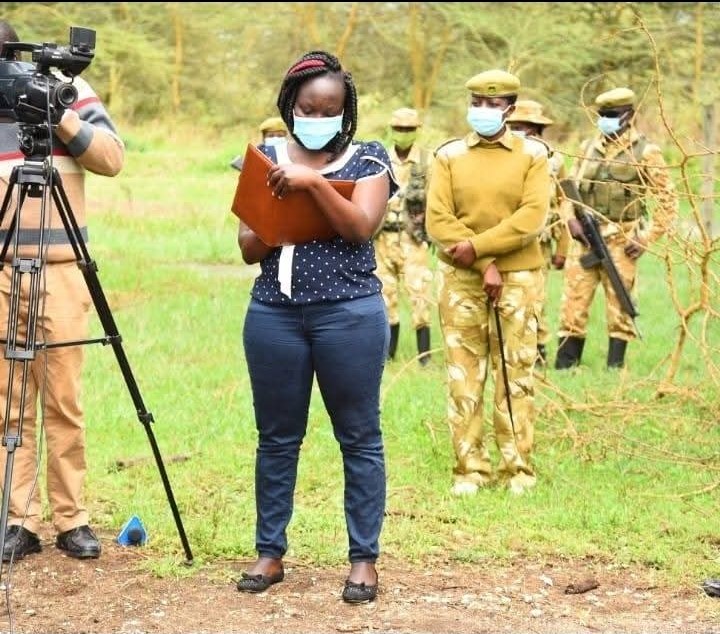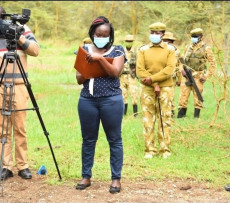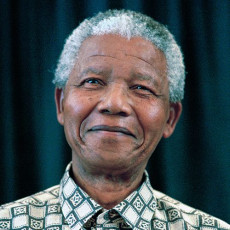- Caroline's investigation into wildlife trafficking across East and Central Africa is a statement that African journalists—including women—are not only capable of cross-border investigation, but essential to the continent’s collective accountability.
- Free movement across African countries has not only allowed journalists to conduct research, investigate and report. Journalists from different countries across Africa come together to train, share ideas, network, and integrate.
It is a typical working day in a newsroom at the heart of Nakuru City, Kenya. On the third floor of the Standard Media Group, swift-moving vehicles and honking boda boda can be heard plying Kenyatta Avenue adjacent to the three-storey building.
The office is quiet except for the clicks on computer screens and the fingers tapping on the computer keyboards from journalists focused on individual assignments. The midday weather just changed from sunny to cloudy, and a cold wind just started blowing through the bureau offices’ windows.
Environmental journalist Caroline Chebet seems unaffected by the weather change while in her short-sleeved blue dress, perhaps because of the focus and weight of what was running through her mind: wildlife conservation and protection.
This phrase causes Chebet’s adrenaline to rise. She is a journalist and a wildlife protection and conservation champion.
Chebet leaned forward to confirm she was checking the right photograph folders in her drive.
Read More
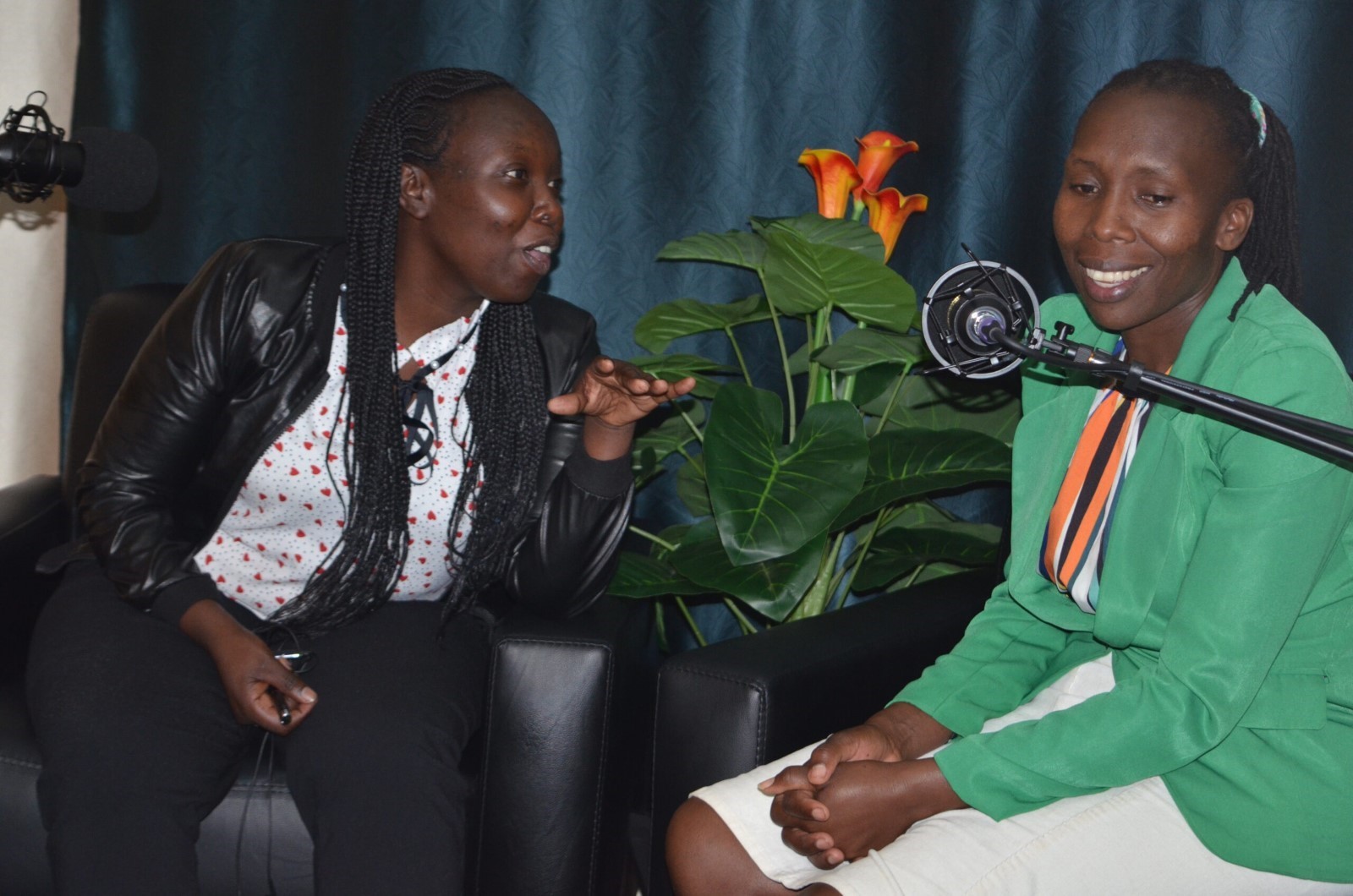
She sighs when she gets to her “BIRDS” folder and scans through the photographs of wild birds, which at this point have filled her computer screen. She stops and stares at a photograph of the African Grey parrot. At this point, her face scowls, clearly depicting the attachment she has to the bird’s story.
Chebet, a journalist based in Kenya, has prodigious love and passion for nature. This is clear from her journalistic work on conservation, the environment, climate change, agriculture and wildlife, which dates back over a decade.
“I love nature and particularly the wild, and anything attacking it automatically becomes my enemy. Whenever I think of endangered plant and animal species on our planet, I go crazy. It is what drives me to do what I can to save it,” she says.
In 2021, in what started as curiosity on wildlife trafficking, Chebet stepped into what has spiraled into a wildlife conservation milestone.
She could never have known that her enquiry into how the endangered African Grey parrot could be trafficked from the Democratic Republic of Congo to Kenya through Uganda could influence policy on the bird’s conservation and protection.
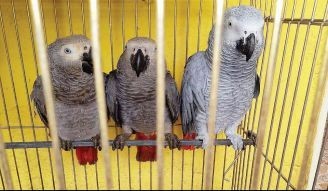
“When I posed as a potential online buyer of the bird, I could not imagine how easy its acquisition sounded. The seller was willing to send me the parcel as soon as I could complete the transaction by wiring Ksh 25,000 (US$192) into his bank account."
She engaged the purported seller, and it was not too long before she discovered a ring of wildlife traffickers. Without knowing who he was engaging with, this seller freely gave her information on his work and chain of accomplices.
After more than ten years of investigative journalism, Chebet has extensive experience in this field. When she took us through her previous activities, one thing was clear: free movement across Africa made it possible.
Mr. Erick Rotich, the Deputy Director of Immigration, South Rift region, says it is very easy for Kenyan citizens to move from one African country to another. To move from Kenya to Uganda and Burundi, all a Kenyan need is their Kenyan passport, which takes at most seven days to renew.
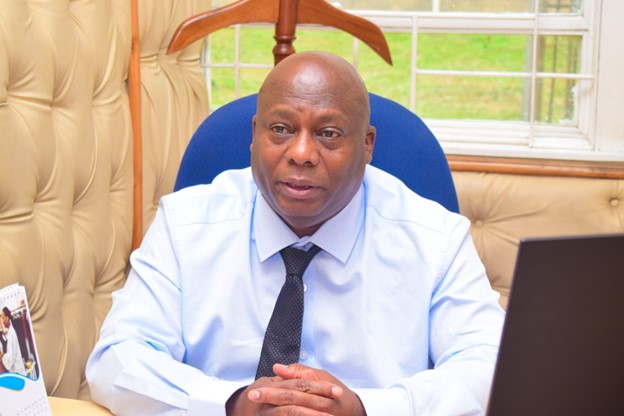
For other countries like Tanzania, South Sudan, Rwanda and the Democratic Republic of Congo, one needs a temporary permit. The Kenyan government makes this temporary permit so easy to acquire online upon payment of as little as Ksh 300.
“Everything is in the system. Upon payment, one can download it and have it stamped by an immigration officer, and they are free to cross the borders,” Rotich said.
Based on her experience of traversing the East and Central African countries in search of information, Chebet gives credit to the freedom and ease of movement across these countries.
“It is a blessing that one can move from their mother country to the neighboring country without unnecessary restrictions," says Chebet.
The African Grey parrot is an endangered bird species and has been accorded the highest level of protection under Appendix 1 of the Convention on the International Trade in Endangered Species of Wild Fauna and Flora (CITES). This means that the bird is facing extinction and should not be traded locally or internationally.
The birds are often poached and trafficked for their intelligence and mimicry. However, its natural habitat is Africa’s rainforests of Cameroon, Congo, Gabon, Ivory Coast, Ghana, Angola and Kenya.
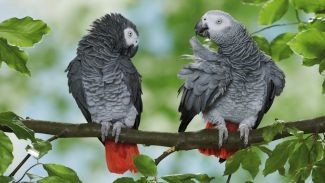
Free digital migration allows information seekers to research thoroughly and obtain information on illegal trafficking from other countries. This research helps journalists to map out the areas notorious for the trafficking.
This was how Caroline found out that most illegal trafficking of this bird came from the Democratic Republic of Congo, and Uganda had a larger number of this bird compared to Kenya.
According to a 2024 report by Nature Uganda, a nature conservation organization, the country has over 1,070 bird species, making it the highest density of bird species per unit area in Africa.
2023 statistics show that there are 930 African grey parrots in Kenya.918 of these are found in homes of individuals and tourist attraction sites, while 12 are in the wild.
After Caroline published her investigative story in 2021, the Kenya Wildlife Services (KWS), a wildlife protection agency, formulated and gazetted a protection policy for the world's most trafficked bird. The story later received recognition from the Earth Journalism Network in 2022.
However, a follow-up investigation in 2023 revealed that the illegal trade was once again rife, with the policy enactment by the KWS being flaunted. Caroline immediately made plans to migrate to Uganda and Congo for further investigation on this illegal trade.
"Criminal activities like corruption, money laundering and wildlife trafficking are grave vices which cannot be easily dealt with by an individual country.
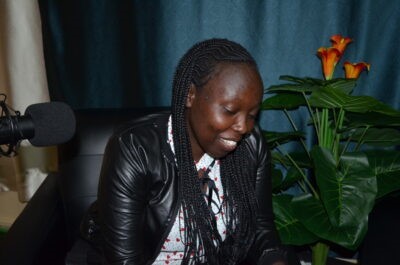
These activities require collaboration, and there can never be an easy way to achieve this without free movement across regions," Caroline says.
Free movement allows one to easily interact with relevant agencies from different countries to unearth the necessary information and for the proper tracking that leads to a successful investigation.
Caroline's investigation was propelled by the assistance she received from organizations such as the World Animal Protection office in Uganda, the World Animal Protection office in Kenya, Nature Kenya and the World Parrot Fund.
Free movement of persons across the continent is a vital part of African integration, together with the African Passport, one of its flagship projects of Agenda 2063.
African leaders at the African Union Assembly in January 2018, adopted the Protocol to the Treaty establishing the African Economic Community relating to free movement of persons, right of residence and right of establishment.
The African Union and the Regional Economic Communities (RECs) have since developed a draft joint continental strategy to push for the Right of Entry for the Protocol to the treaty establishing the African Economic Communities relating to the free movement of persons, right of residence and right of establishment.
Free movement across African countries has not only allowed journalists to conduct research, investigate and report. Journalists from different countries across Africa come together to train, share ideas, network, and integrate.
Dr. Michael Ndonye, a journalist, media house owner and the Dean, School of Music and Media at Kabarak University in Kenya, says that with the news production and consumption revolution in the media, cross-border collaboration allows journalists to exchange ideas, investigate and train.
“With the entry of the internet, digital migration has also transformed the media industry in a great way. It has provided journalists with a wide range of platforms for information exchange. Mobile journalism also enables journalists to collect, process and disseminate news more easily,” says Dr. Ndonye.
Caroline's investigation into wildlife trafficking across East and Central Africa is a statement that African journalists—including women—are not only capable of cross-border investigation, but essential to the continent’s collective accountability.
She has opted to tread where others have not and is setting the pace, considering the high risks these investigations come with.
From a quiet newsroom in Nakuru to the dense forests of Congo and the borderlands of Uganda, she follows the flight path of a single endangered bird, uncovering not just a trafficking ring but the silent failures of policy, protection, and enforcement across nations.
In her hands, the free movement of people becomes more than a protocol but also a tool for justice, conservation, and continental solidarity, one grey feather at a time.
Don’t just read it, see it. Watch the full story unfold in this gripping visual interview with Caroline that reveals the true cost of wildlife trafficking and the power of cross-border journalism
This content is produced as part of the Move Africa project, commissioned by the African Union Commission and supported by the Deutsche Gesellschaft fur Internationale Zusammenarbeit (GIZ) GmbH. The views and opinions expressed are those of the authors only and do not necessarily reflect those of the GIZ or the African Union.

